Get to know the Tactic Air Drone – sleek, sophisticated, and full of possibilities. Its state-of-the-art features and user-friendly design promise to take your aerial adventures to new heights. Despite the excitement of owning one, many wonder: “Is it hard to fly a drone?”
Flying a drone isn’t inherently difficult, but it requires practice and understanding of regulations. Basic maneuvers are easy, but mastering advanced flight and safety protocols takes time. Beginner-friendly models with built-in stabilizers can ease the learning curve.
In this article, we explore this question, offering insights, tips, and tricks to help you soar. Are you ready to explore the skies? We’re going on a drone adventure together, so let’s get started!
What is Drone Piloting?
Drone piloting is the skill of controlling unmanned aerial vehicles. Their versatility and wide range of applications have made these devices popular in recent years. One such example is the Tactic Air Drone, which offers immersive aerial experiences while capturing stunning photos and videos.
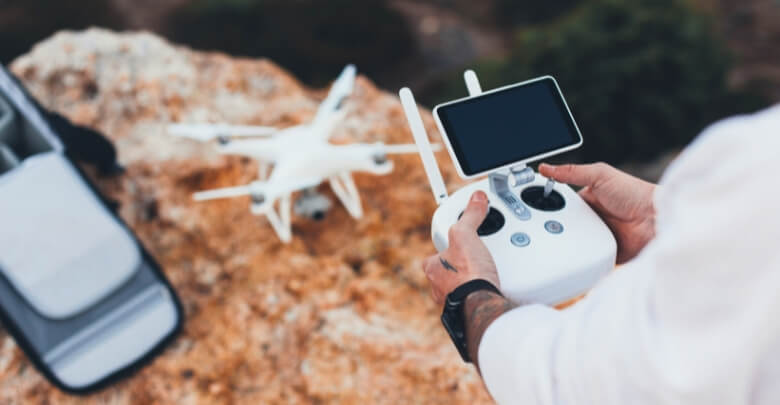
Drone piloting involves mastering the controls of these sophisticated machines, which use joysticks or remotes. Drone pilots need to learn how to handle wind speed, altitude, and obstacles safely. You can enjoy intuitive controls and advanced features with the Tactic Air Drone.
Whether you use drones for photography, cinematography, or surveying, drone piloting is an exciting mix of technology and adventure. From above, enthusiasts can capture breathtaking moments with the right skills and gear.
Is It Hard to Fly a Drone?
First-time Flying a drone can be thrilling and challenging, especially for beginners. With practice and patience, it gets easier. You have to know drone mechanics, master the controls, observe airspace regulations, consider weather conditions, maintain situational awareness, and make sure safety protocols are followed.
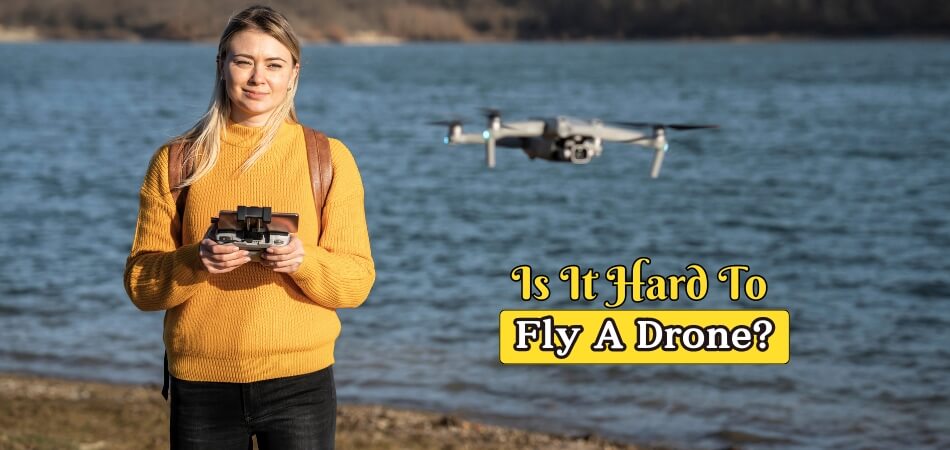
Drone Mechanics
To fly a drone effectively, you need a basic understanding of its components, including the motors, propellers, gyroscope, and accelerometer. These parts work together to maintain stability and control. Knowing how they function enables you to troubleshoot issues and make adjustments as needed.
Mastering the Controls
Drone controls typically consist of a transmitter or remote controller with joysticks or buttons. Learning how to maneuver the drone smoothly requires practice and familiarity with the controller’s layout. Understanding concepts like yaw, pitch, and roll helps in executing precise movements and maneuvers.
Regulations of the Airspace
Before taking flight, it’s crucial to be aware of local airspace regulations and any restrictions imposed by aviation authorities. This includes knowing where you can and cannot fly, obtaining necessary permits or licenses, and adhering to altitude limits and no-fly zones to ensure compliance with the law.
Considering Weather Conditions
Weather plays a significant role in drone flight, affecting stability, visibility, and battery life. Wind speed, precipitation, and temperature can impact your drone’s performance and safety. Monitoring weather forecasts and avoiding adverse conditions helps mitigate risks and enhances the overall flying experience.
Maintaining Situational Awareness
Maintaining situational awareness means being mindful of your surroundings, including obstacles, other aircraft, and people. Keeping a clear line of sight to your drone and staying alert to potential hazards minimizes the risk of accidents or collisions, ensuring safe and responsible flying.
Ensuring Safety Protocols
Safety should always be a top priority when flying a drone. This includes conducting pre-flight checks, such as inspecting equipment and batteries, calibrating sensors, and verifying GPS signal strength.
How to Setup a Drone?
To fly a drone safely and successfully, it is essential to set it up properly. Make sure your drone is assembled, calibrated, and ready to fly by following these step-by-step instructions.
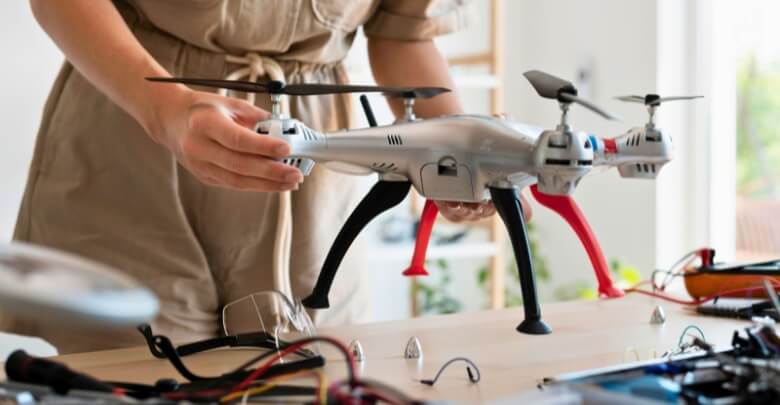
Preparing Your Drone
Begin by finding an open, flat area away from obstacles and people. Lay out all components, including the drone, remote controller, batteries, and any accessories. Ensure everything is charged and in working order before proceeding.
Assembling the Drone
Follow the manufacturer’s instructions to assemble your drone properly. This typically involves attaching propellers, landing gear, and any other accessories. Double-check that all connections are secure and components are properly aligned to prevent accidents during flight.
Powering On
Turn on the remote controller first, followed by the drone. Some models may require syncing the controller with the drone by pairing them together. Verify that both devices are connected and communicating effectively before proceeding to the next step.
Calibration
Many drones require calibration before flight to ensure accurate sailing and stability. This usually involves placing the drone on a level surface and following on-screen prompts or using the controller to initiate the calibration process. Wait for confirmation that calibration is complete before continuing.
GPS and Compass Calibration
If your drone has GPS and compass capabilities, it’s essential to calibrate these sensors for precise positioning and sailing. Follow the manufacturer’s instructions to perform GPS and compass calibration, typically by rotating the drone in a specific pattern or direction until calibration is successful.
Preflight Checklist
Before taking off, run through a preflight checklist to ensure everything is in order. This includes verifying battery levels, checking for any loose or damaged components, confirming GPS signal strength, and assessing weather conditions. Once everything is checked off, you’re ready to start flying
How Do Drones Work?
Drones, like the Tactic Air Drone, operate on the principles of aerodynamics and remote control technology, enabling them to fly autonomously or under human control. They consist of various components such as propellers, motors, batteries, and sensors that work together to achieve flight.
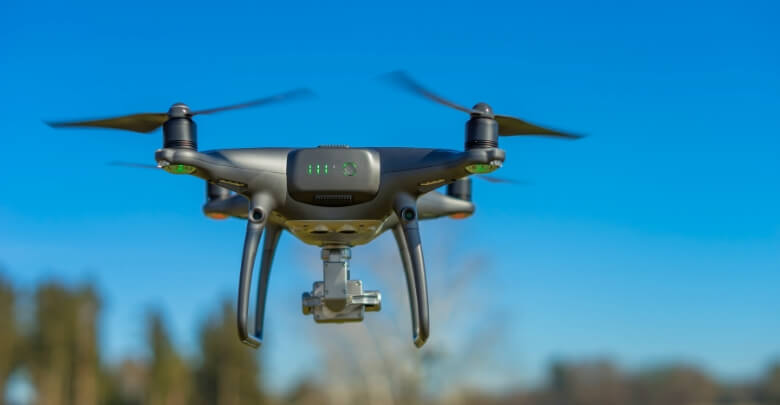
A Brief Overview
Drones generate lift through their rotating propellers, which create airflow and lift the drone off the ground. The motors power the propellers, while the batteries provide the necessary electrical energy to keep the drone airborne.
Remote Control
Remote controllers transmit signals to the drone, controlling its movement and functionality. These signals communicate commands such as ascent, descent, forward, backward, and turning left or right. The drone’s onboard receiver interprets these signals and translates them into corresponding actions.
Flight Modes
Drones typically offer different flight modes, including manual, altitude hold, and GPS-assisted modes. Manual mode gives the pilot full control over the drone’s movements, while altitude hold mode maintains a constant altitude using onboard sensors.
Sensor Technology
Drones are equipped with various sensors such as gyroscopes, accelerometers, GPS, and compasses to gather data and maintain stability and orientation. Gyroscopes measure the drone’s orientation, while accelerometers detect changes in velocity. Compass and GPS both provide accurate positioning information.
Safety Features
Many drones, including the Tactic Air Drone, come with built-in safety features such as obstacle avoidance, low battery return to home, and geofencing to prevent unauthorized flying in restricted areas. These features enhance safety and minimize the risk of accidents during flight.
Tips for Smooth Flight
Ensuring a smooth flight with your drone requires a combination of preparation, skill, and awareness. By following these tips, you can enhance your flying experience and capture stunning aerial footage.
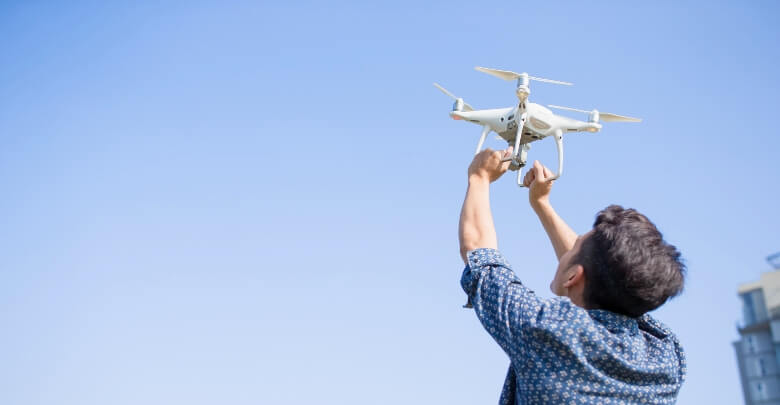
Pre-flight Checks
Before taking off, conduct thorough pre-flight checks to ensure your drone is in optimal condition. Inspect the propellers for any damage or debris, check the battery levels, and verify that all components are securely attached.
Choose the Right Location
Select a suitable flying location with minimal obstacles and interference. Avoid flying near buildings, trees, or power lines that could obstruct your drone’s path or interfere with signal reception. Open fields or parks with ample space are ideal for beginners.
Master the Controls
Take the time to familiarize yourself with the controls of your drone, including the remote controller and flight modes. Practice basic maneuvers such as takeoff, landing, and hovering before attempting more advanced maneuvers or aerial photography.
Monitor Weather Conditions
Keep an eye on weather conditions before and during your flight. Avoid flying in strong winds, rain, or low visibility conditions that could affect your drone’s stability and performance. Be mindful of changing weather patterns and adjust your flight plans accordingly.
Maintain Line of Sight
Maintaining a visual line of sight with your drone is essential for safe and controlled flying. Keep your drone within sight at all times to avoid collisions with other objects or aircraft. If flying beyond a visual line of sight, use a spotter to help maintain situational awareness.
FAQs for Is It Hard to Fly a Drone?
Have you ever wondered how challenging it is to fly a drone? The following are some frequently asked questions about drone piloting:
What Makes Flying a Drone Difficult?
Factors such as understanding drone mechanics, mastering controls, and sailing airspace regulations contribute to the difficulty.
Can Anyone Learn to Fly a Drone?
Yes, anyone can learn to fly a drone with dedication, practice, and proper guidance.
Are There Beginner-Friendly Drones Available?
Yes, there are many beginner-friendly drone models with features like built-in stabilizers to help ease the learning process.
How Long Does It Take to Become Proficient at Flying a Drone?
The time it takes to become proficient varies for each individual, but consistent practice is key to improvement.
Do I Need Any Special Skills to Fly a Drone?
While no special skills are required, having good hand-eye coordination and spatial awareness can be beneficial.
What Safety Precautions Should I Take when Flying a Drone?
Safety precautions include conducting pre-flight checks, avoiding flying in restricted areas, and maintaining situational awareness.
Can Weather Conditions Affect Drone Flight?
Yes, weather conditions such as wind, rain, and low visibility can impact drone stability and performance.
Are There Any Legal Requirements for Drone Flying?
Yes, drone pilots must adhere to local airspace regulations and may need permits or licenses depending on their location and intended use.
Final Thought
Drone piloting is an exciting journey filled with challenges and rewards. For a safe and enjoyable flight, it is critical to understand the mechanics, controls, and regulations. Anyone can learn to fly a drone proficiently with the right knowledge and preparation.
With its intuitive controls and advanced features, the Tactic Air Drone can ease the learning curve for beginners. For safe flying, it is essential to perform pre-flight checks, monitor weather conditions, and maintain situational awareness.
So, is it hard to fly a drone? Practice and the right guidance will soon have you flying through the skies and capturing breathtaking aerial footage.






